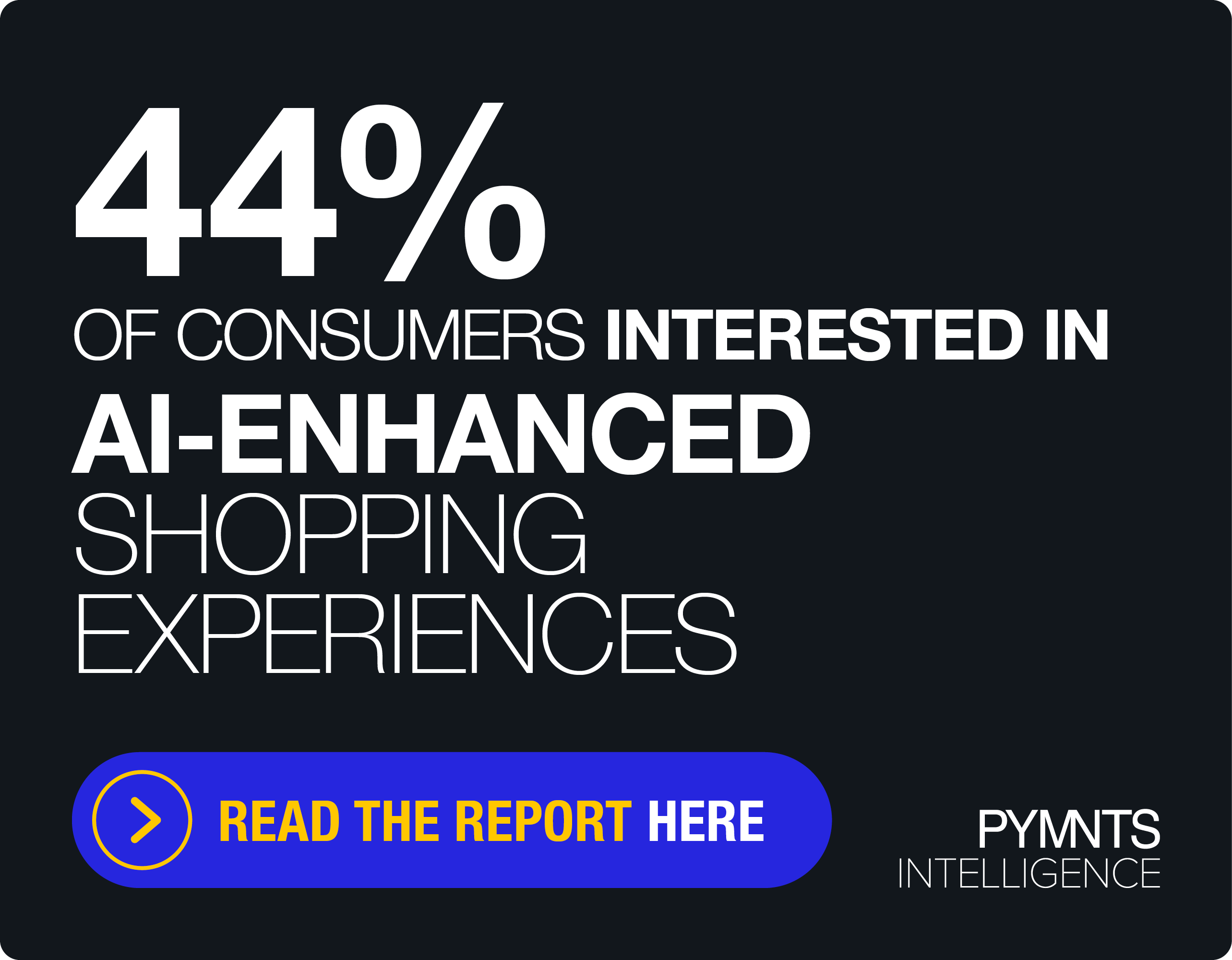Banks Must Use Data and AI to Stay Relevant to Customers, Says NCR’s Doug Brown
According to Doug Brown, president at NCR, right now the “one” thing that’s top of mind for financial institutions is staying relevant in the minds of their own end users.
“Banks need to shift to an advisory mindset,” said Brown in an interview with Karen Webster for the latest installment of the “One Thing” series that seeks to uncover the most pressing topics that bubble up when innovative, tech-driven companies speak with their clients.
At a high level, he said, relevance depends on a data-driven level of personalization, where business and individual customers are guided on a continuing journey toward better cash flow management and financial wellness.
To achieve and maintain relevancy, the most successful strategies boil down to a critical component: “Data, data, data,” said Brown, who noted to Webster that “we can’t talk enough about data.”
No Cookie-Cutter Approach
In the drive to harness and use the right information at the right time, he cautioned, there’s no cookie-cutter approach to crafting an optimal FI strategy to reach users. One bank might be more focused on a certain demographic — millennials, for example — than another.
And there are pockets of resistance, he said, especially within credit unions and community banks, as some teams don’t feel comfortable (yet) with the advisory role.
Democratizing data within the enterprise can become a stumbling block, as there needs to a be cultural mindset shift within the FI as information is shared between departments and stakeholders.
“There are some people who might have the mindset that if they give up control, they’ll compromise the integrity and quality of that data,” he said.
Or it may be the case that a user of that data, somewhere in the bank, will draw false conclusions or even misuse the information.
The result? Banks fall short when it comes to designing the best outreach for customers, retaining those customers and remaining relevant.
Data, he added, can help an FI bolster its image and go-to-market approach, side-stepping a boil-the-ocean initiative in favor of targeted campaigns and products that cement customer loyalty.
Any strategy to boost customer engagement is complex, requiring the collection and analysis of data and ultimately acting on it in real time, across all channels. And that, noted Brown, requires the building and use of real-time data infrastructure (available through partnering with firms like NCR).
There’s technological architecture, he said of NCR’s offerings, which enables “pooling” all relevant, good-quality data.
Shifting the Mindset
But that data also needs to be pushed down through the bank to the frontline staff to act on insights.
There are advanced technologies that can embolden banking teams to become more advisory and consultative in their day-to-day efforts with clients. He pointed to artificial intelligence (AI) as a way to improve the conversations that occur as FIs interact with customers.
AI also has the potential to transform what happens behind the scenes. NCR, for its part, has been experimenting with applying AI to FIs’ back-office mortgage processing to reduce cycle times and streamline manual activities, while simultaneously improving visibility.
FedNow and faster payments also loom as game-changers in financial services, said Brown (although faster payments also mean that FIs have to gird for new waves of attacks from fraudsters). Real-time money movement will lead FIs to re-assess their servicing and engagement around products and how to not just get deposits into the banks and on the balance sheets — but how to keep them.
Data and analytics, he said, can help banks become more “culturally aware” of the accounts and the clients that they may be at risk of losing (a client may be switching banks to chase yield) and can help firm up proactive strategies to improve customer satisfaction.
“Data is good,” he said, “but making data accessible, relevant and useful is key.”

